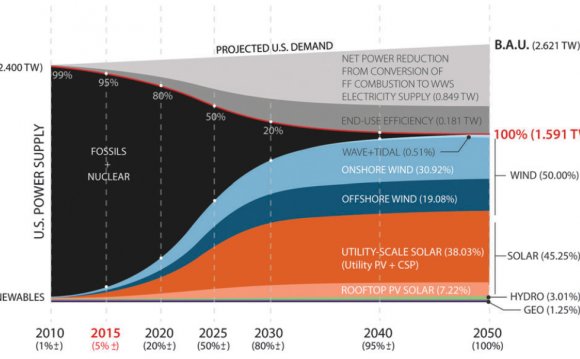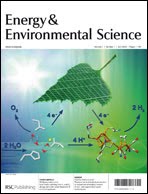
There is intense interest in the solar driven conversion of water to hydrogen as a means of achieving the sustainable generation of a practical fuel. It is widely considered that such “Artificial Photosynthesis” processes need to achieve an energy conversion efficiency exceeding 10% to have practical impact. Although some solar-driven fuel generating systems have reached efficiencies as high as 18%, they are often based on precious metal catalysts, or offer only limited stability. We describe here a system that utilises concentrated solar power, which is inexpensive to produce, and an electrolyser module based on Earth-abundant materials capable of operating under benign conditions. This system delivers the highest efficiency reported to date, in excess of 22%. The electrolyser functions in electrolytes with pH values ranging from neutral to alkaline, including river water, allowing implementation in a variety of geographic locations. Testing over multiple diurnal cycles confirmed the long-term stability of performance. We also describe an analysis of the efficiency in terms of the critical cell-matching parameters and thereby understand the key directions for further optimisation. This simple and adaptable system addresses key criteria for the large-scale deployment of an artificial photosynthesis device.
RELATED VIDEO













